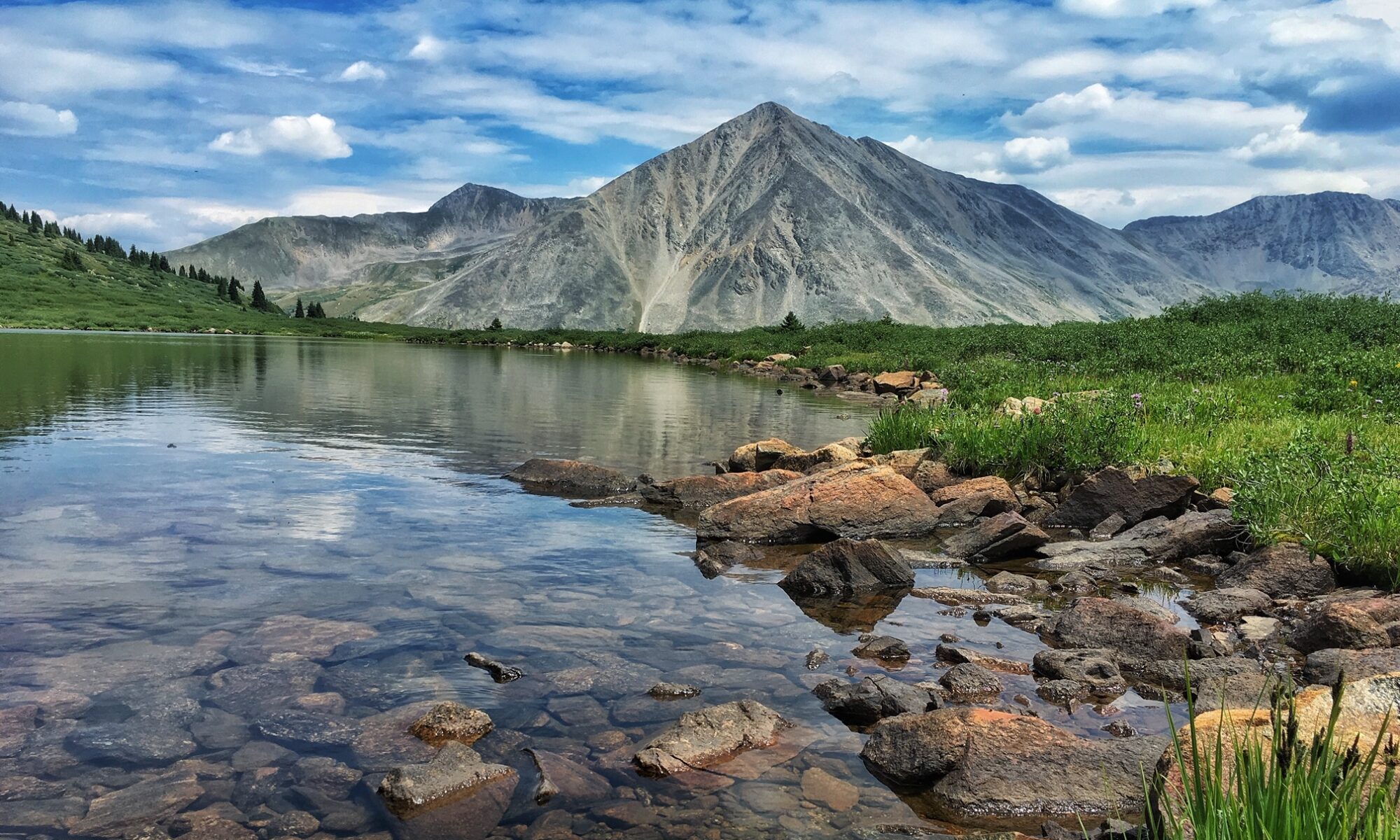Several years ago, I spent a day on the South Fork of the Snake River in eastern Idaho. I floated it on a September day with a friend from Idaho Falls. We had a fine day, catching cutthroats and browns.
But the South Fork is a Yellowstone cutthroat fishery, and lately the brown trout population seems to be increasing. So Idaho Department of Fish and Game biologists have been shocking fish in the river and taking the brown trout back to a lab to analyze the contents of their stomachs. What these biologists hope to find is whether or not these browns are eating the natives.
What they found in these brown trout bellies matters to fly fishers. It’s the next best thing to an interview with the trout themselves to find out what they feed on. When you know what they feed on, you know what flies to use.
For starters, you do not need to develop a long streamer that resembles a young cutthroat.
Hatch Magazine published an article on May 4, 2017, which revealed the findings of the Idaho biologists. As it turns out, the biologists found only two cutthroat trout in the 75 brown trout bellies they dissected. The good news, then, is that browns are ostensibly not decimating the cutthroat population.
However, it’s apparent that brown trout are butting in front of cutthroat trout in the feeding lanes. So what did they find in these brown trout bellies? Why does it matter to fly fishers like you and me?
Fill Your Fly Box with Stone Flies
One significant find is that more than half of the browns were digesting stone flies. This is not a stunning development or a shocking surprise. But it’s a good reminder to keep your fly box full of stonefly patterns. Last fall, Dave (my podcast partner) and I had a lot of success catching brown trout on stonefly patterns in the Gardner River in the northern part of Yellowstone National Park.
Stonefly patterns are legion.
One of my favorite, go-to patterns is a brown Pat’s Rubberleg Stonefly. As the name suggests, it has a brown body with brown rubber legs. Size will depend on the particular river you are fishing. But I like these in a size 8-10. Other long-time favorites of fly fishers include Girdle Bug (black with white legs) and the Bitch Creek (black body with orange yarn woven into it plus white or brown rubber legs).
Don’t Forget Caddis Patterns
Another important find by the Idaho biologists is that out of the 998 items found in the 75 brown trout bellies, 444 (just less than half) were Caddis flies.
In fact, one brown had 140 Caddis flies in its gut!
Again, this is hardly a surprise. But it’s a timely reminder for fly fishers to keep Caddis flies in their box all summer along — at least in the American West. A good friend has done well over the years fishing the Madison River (just inside Yellowstone National Park) on summer evenings when the trout are rising to Caddis flies.
Streamers Are a Sure Bet
In other expected news, the Idaho biologists found sculpins and snails, along with mayflies, and some whitefish.
As the Hatch Magzine article pointed out, brown trout are river sharks. So wise fly fishers will keep their fly boxes stocked with streamers – particularly Woolly Buggers. I’m grateful for the work of the Idaho Department of Fish and Game biologists. They have disputed what we feared and have confirmed what we already know.
The question now is, what’s in your fly box? The proper answer, if you’re fishing for browns, is an ample supply of Stone flies, Caddis flies, and Streamers.









